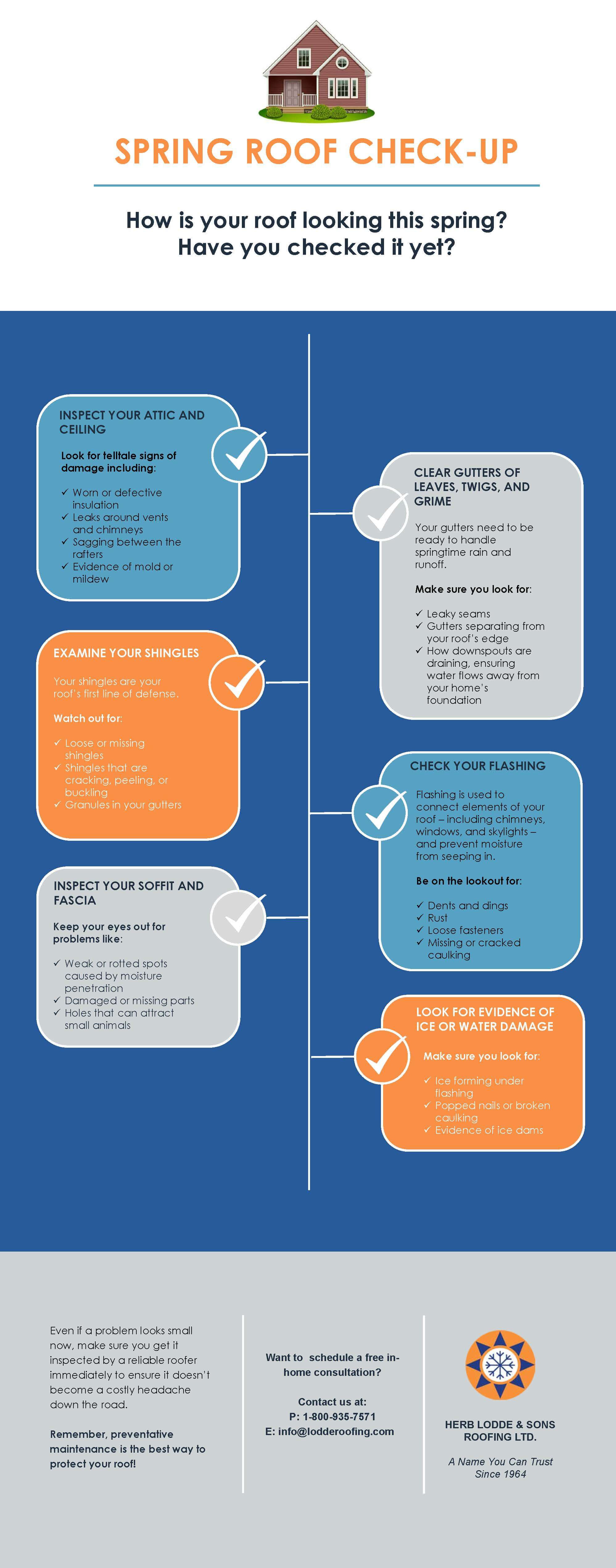Discover How Changing Climate Patterns Can Influence Your Roof Covering Installation And Protect A Task That Satisfies Your Requirements
Discover How Changing Climate Patterns Can Influence Your Roof Covering Installation And Protect A Task That Satisfies Your Requirements
Blog Article
Published By-Figueroa Donnelly
When it involves roof installations, the climate can make or break the task. Visualize the stress of dealing with products that will not comply as a result of severe warmth or fighting unsafe surfaces triggered by unforeseen rain. Understanding the impact of climate condition on your roofing job is important for an effective result. So, allow's explore how different weather condition elements can affect the high quality and toughness of your roof covering installation, making certain a task well done.
Impact of Temperature Level on Roof Covering Setup
When it comes to roofing system installation, temperature plays an important duty while doing so. The ideal temperature for roof tasks typically falls between 45 and 85 degrees Fahrenheit. Severe warmth can trigger materials like roof shingles to end up being too flexible, resulting in potential damage throughout installation. On the other hand, cool temperatures can make materials breakable and susceptible to breaking. It's important to schedule roof covering setups throughout modest temperature levels to ensure the best outcome.
Throughout colder weather condition, contractors might need to take additional precautions such as using heated equipment or permitting products to heat up before installation.
On the other hand, heat might need job to be done earlier or later on in the day to prevent the peak temperatures. By considering the temperature level and its impacts on roof covering materials, you can assist make certain an effective installment that will certainly hold up against the elements for many years to find.
Impact of Precipitation on Roofing Projects
Roof covering jobs can be dramatically affected by precipitation, affecting both the timeline and the quality of the setup. Rain or snow can produce slippery conditions, making it risky for roofing contractors to work on a wet surface area. In https://ohsonline.com/articles/2020/01/30/pennsylvania-roofing-contractor-fined-605371-for-exposing-employees-to-fall-hazards.aspx?admgarea=news&m=1 , moisture can endanger the bond of materials like tiles or underlayment, resulting in potential leakages or damages in the future.
If it rainfalls throughout a roof project, the water can seep right into prone areas, causing hold-ups as the installation crew must wait for the roofing system to completely dry before continuing. Too much dampness can additionally promote the development of mold and mold, further jeopardizing the honesty of the roofing.
To stay clear of these concerns, it's recommended to arrange roof tasks during drier seasons or check the weather forecast very closely to prepare around any kind of possible rainstorms. By taking preventative measures to work in favorable weather, you can make sure a smoother and more effective roofing system setup process.
Impact of Wind Rate on Installment Success
Throughout roof covering setup, the speed of the wind plays an essential function in determining the success of the task. High wind speeds can position substantial challenges to roofing contractors, possibly bring about security hazards and quality concerns. When wood flooring installation san antonio go beyond advised limits, it comes to be hard to take care of materials, enhancing the risk of crashes and damage to the roofing products. Solid gusts can likewise impact the accuracy of dimensions and the accuracy required for proper installation.
To make sure a successful roof installation, it's essential to keep track of and take into consideration wind speeds. Preferably, hardwood flooring san.antonio ought to happen on days with low to modest wind rates. This not only boosts the security of the employees but also improves the total top quality of the installment.
Roof covering projects scheduled during calm weather are most likely to be completed effectively and with fewer errors. By paying attention to wind rate forecasts and planning appropriately, you can assist ensure a smooth and effective roof installation procedure.
Final thought
So, when it comes to roofing setup, keep in mind to consider the climate condition to guarantee a successful task. Optimal temperatures, completely dry problems, and modest wind rates are vital factors to prioritize for a smooth setup process. By scheduling your project throughout the most effective seasons and ideal weather conditions, you can accomplish a durable and durable roofing system that will shield your home for several years ahead.
